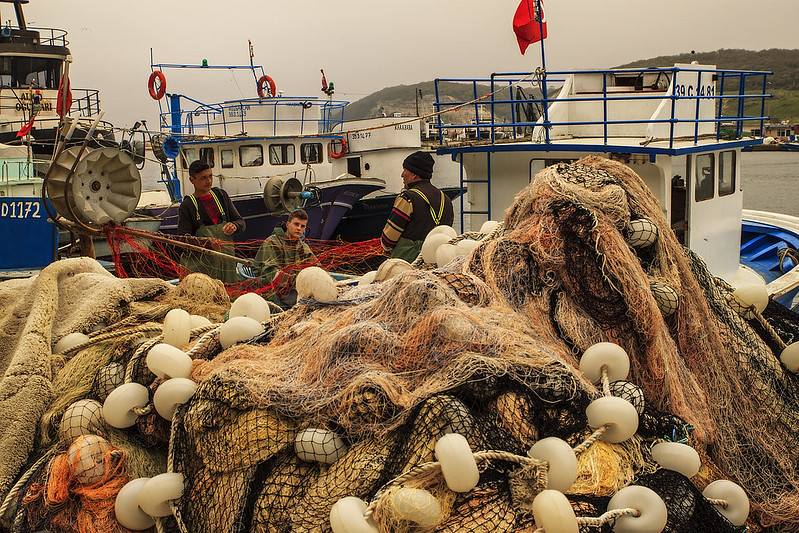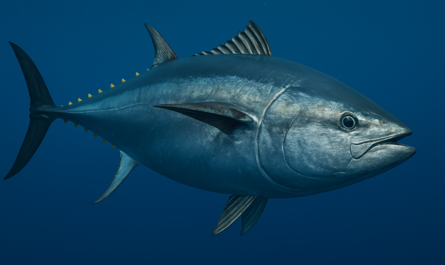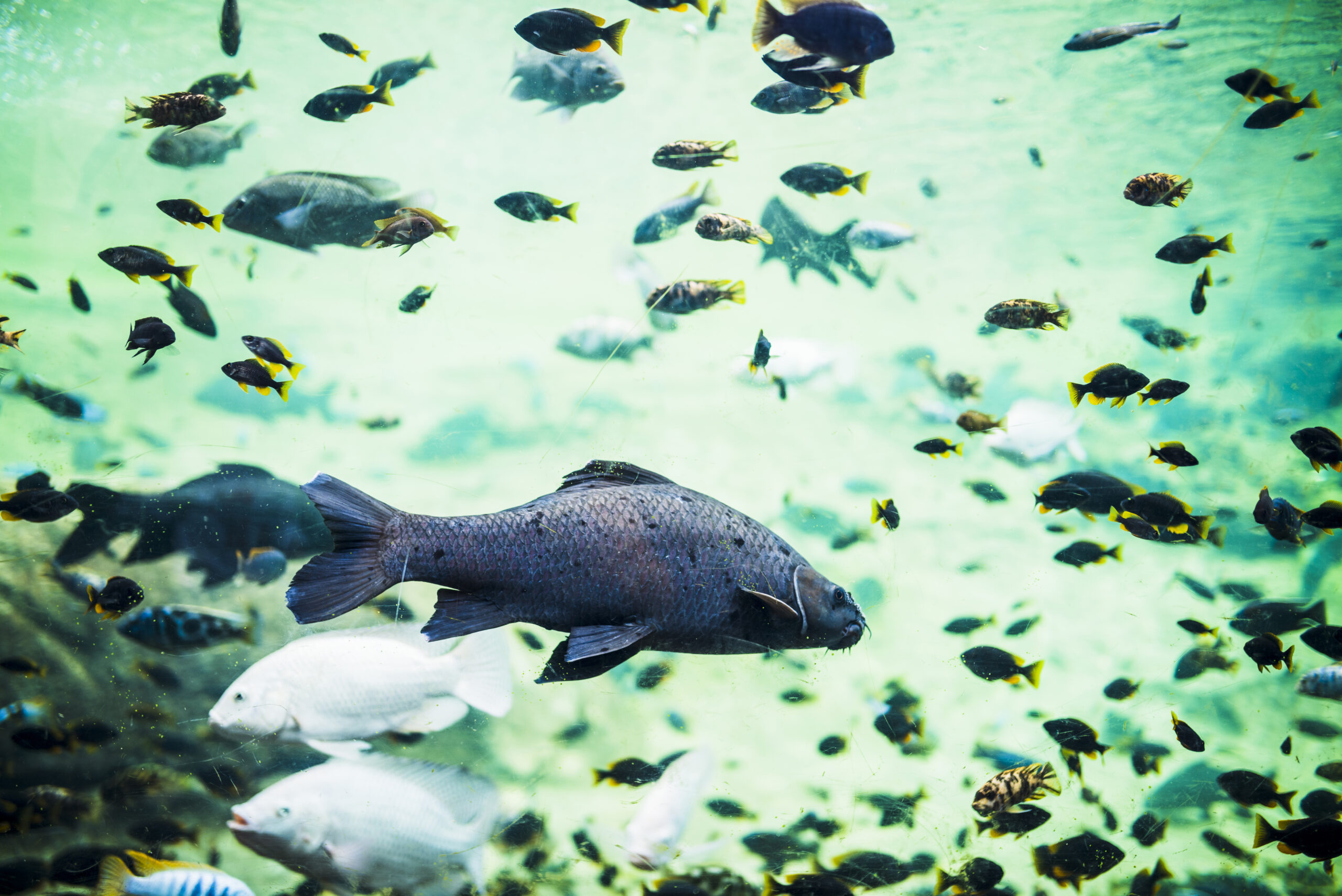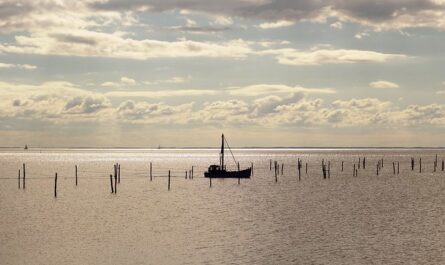With growing global demand for seafood, concerns over declining wild fish stocks, and pressures on the natural environment, aquaculture—often known as fish farming—has emerged as a potential solution to help meet the world’s seafood needs. The North Atlantic region, which includes countries like Norway, Iceland, Canada, and parts of the United States, is at the forefront of this movement. With its rich marine resources, developed infrastructure, and technological advancements, the North Atlantic has become a hub for aquaculture innovation. But the question remains: can fish farming truly help sustain the world’s seafood supply while protecting marine ecosystems?
This article explores the role of aquaculture in the North Atlantic, examining the benefits, challenges, and innovations within the industry. We’ll discuss the ways in which North Atlantic fish farms are contributing to sustainable seafood production and delve into the technological and environmental practices being developed to reduce their impact on natural ecosystems.
The Rise of Aquaculture in the North Atlantic
Historically, fishing has been a cornerstone of North Atlantic economies, providing food, employment, and cultural identity to coastal communities. However, as global populations grow, demand for seafood has intensified, leading to overfishing and environmental pressures that have placed many wild fish populations at risk.
The practice of aquaculture in the North Atlantic began to take off in the late 20th century as a way to address the limitations of wild capture fisheries. Initially, the focus was on species like Atlantic salmon, but the industry has since expanded to include other species such as cod, trout, and shellfish. The North Atlantic, with its cold, nutrient-rich waters, is particularly suited for raising fish like salmon, which thrive in colder environments.
Today, aquaculture is a significant contributor to the seafood supply in countries such as Norway, which is the world’s leading producer of farmed Atlantic salmon, and Canada, which produces a large amount of Atlantic salmon and shellfish. In these countries, aquaculture has become a central part of the economy and a key source of seafood both domestically and for export.
Benefits of Aquaculture in the North Atlantic
Aquaculture in the North Atlantic offers numerous benefits, particularly as global pressures on wild fisheries continue to mount. Here are some of the primary advantages of fish farming in the region:
1. Meeting Global Demand for Seafood
One of the biggest benefits of aquaculture is its ability to meet the rising demand for seafood. The Food and Agriculture Organization (FAO) of the United Nations estimates that over half of the world’s fish consumed today comes from aquaculture, and that proportion is expected to grow. By providing a reliable source of seafood, fish farming in the North Atlantic helps alleviate some of the pressure on wild fish populations, allowing these stocks time to recover and rebuild.
2. Economic Contributions to Coastal Communities
Aquaculture has become a major economic driver for many coastal communities in the North Atlantic. In regions like Norway and eastern Canada, fish farming supports thousands of jobs and provides economic stability to small, often remote communities that rely on the ocean for their livelihoods. The industry supports a range of employment opportunities, from fish farm workers to processing facility staff, transportation operators, and more.
In Norway, for example, the aquaculture industry contributes billions to the national economy and has helped bolster rural economies that might otherwise face decline. Similarly, in Newfoundland and Labrador, aquaculture has brought new life to communities that have suffered from the collapse of traditional fishing industries.
3. Conservation of Wild Fish Stocks
The North Atlantic is home to numerous valuable fish species, including cod, haddock, and Atlantic herring, many of which have been overfished in the past. By shifting some of the demand to farmed fish, aquaculture can play a role in the conservation of wild fish stocks. Fish farming reduces the pressure on these species, which are vital to the ocean ecosystem as well as to local economies and cultural heritage. As a result, aquaculture helps contribute to biodiversity conservation, supporting both environmental sustainability and ecological resilience.
Challenges Facing Aquaculture in the North Atlantic
While aquaculture offers numerous benefits, it is not without its challenges. Environmental concerns, disease management, and resource sustainability are some of the most pressing issues facing the industry in the North Atlantic. Let’s explore some of these challenges and the efforts being made to address them.
1. Environmental Impact and Ecosystem Disruption
One of the primary concerns surrounding aquaculture is its potential impact on the environment. Fish farms, particularly open-net pens used in salmon farming, can release nutrients, chemicals, and waste into surrounding waters, leading to water quality issues and algal blooms. Additionally, the escape of farmed fish into the wild poses risks of genetic mixing and competition with wild populations, potentially disrupting local ecosystems.
To address these issues, North Atlantic countries have implemented strict environmental regulations and monitoring programs. For instance, the Norwegian government imposes limits on fish farm locations, setting minimum distances between farms and wild salmon rivers to reduce the risk of disease and genetic contamination. In Canada, the government requires regular environmental assessments for aquaculture facilities to ensure compliance with sustainable practices.
2. Disease and Parasite Control
Fish farms, particularly those that raise high-density populations, are susceptible to disease outbreaks and parasites such as sea lice, which can devastate fish populations. Sea lice, small marine parasites that attach to fish, are particularly problematic for salmon farming, as they can weaken fish and make them more susceptible to disease.
To combat sea lice, North Atlantic fish farms employ a variety of methods, including the use of cleaner fish such as wrasse and lumpfish, which feed on sea lice. Other farms use non-chemical treatments such as freshwater baths or thermal treatments to reduce parasite loads. In addition, advances in selective breeding and disease-resistant fish strains are helping to reduce the impact of parasites and diseases on aquaculture.
3. Sustainability of Fish Feed
The sustainability of fish feed is another key challenge. Traditionally, fish feed has relied on fishmeal and fish oil derived from wild-caught fish, which can place additional strain on marine resources. However, the aquaculture industry in the North Atlantic is increasingly turning to alternative feed sources, such as plant-based proteins, algae, and insect-based proteins, to reduce its dependence on wild fish stocks.
In Norway, innovative companies are developing fish feeds using microalgae and single-cell organisms that can be grown sustainably and provide essential nutrients without relying on marine resources. This shift toward sustainable feed alternatives is essential for the long-term viability of aquaculture in the region and for reducing its environmental impact.
Innovations and Sustainable Practices in North Atlantic Aquaculture
The North Atlantic is known for its commitment to sustainable aquaculture, and innovative technologies and practices are helping to make fish farming more environmentally friendly and efficient. Here are some of the cutting-edge approaches being implemented in the region:
1. Closed-Containment Systems
Closed-containment systems are land-based or floating tanks that isolate farmed fish from the surrounding marine environment, reducing the risk of pollution, escapes, and disease transmission to wild populations. These systems provide greater control over water quality, temperature, and waste management, making them a promising solution for sustainable aquaculture.
While closed-containment systems are currently more expensive than traditional open-net pens, they are increasingly being adopted in the North Atlantic as technology advances and costs decrease. For instance, land-based salmon farms in Iceland and the United States are demonstrating the potential of closed-containment systems for large-scale production.
2. Integrated Multi-Trophic Aquaculture (IMTA)
Integrated Multi-Trophic Aquaculture (IMTA) is an innovative approach that combines different species in one farming system, creating a balanced ecosystem where each species contributes to the health of the whole. For example, fish farms may be paired with shellfish and seaweed, which filter and absorb nutrients from fish waste, reducing environmental impact and improving water quality.
IMTA has gained traction in parts of the North Atlantic, particularly in Canada, where researchers are exploring its potential for commercial aquaculture. This system not only reduces waste but also allows for the production of additional seafood products, such as mussels and seaweed, providing economic and environmental benefits.
3. Genetic Research and Selective Breeding
Genetic research and selective breeding programs are playing an essential role in improving the sustainability of aquaculture in the North Atlantic. By developing disease-resistant strains of fish and improving growth rates, these programs can reduce the environmental impact of fish farms. For example, Norwegian researchers have developed strains of Atlantic salmon that are more resistant to sea lice, reducing the need for chemical treatments.
Genetic research also helps improve the efficiency of fish feed utilization, allowing farmed fish to grow on lower amounts of feed and reducing the environmental footprint of aquaculture.
The Role of Policy and International Cooperation
Sustainable aquaculture in the North Atlantic is supported by comprehensive policy frameworks and international cooperation. Regional organizations, including the North Atlantic Salmon Conservation Organization (NASCO) and the Northwest Atlantic Fisheries Organization (NAFO), work with governments, scientists, and industry stakeholders to establish best practices and share knowledge on sustainable aquaculture.
Policies promoting environmental assessments, licensing, and research grants have been crucial for advancing sustainable aquaculture practices in countries like Norway, Canada, and Iceland. These policies ensure that fish farms operate responsibly and encourage innovation within the industry.
The Future of Aquaculture in the North Atlantic: A Sustainable Path Forward?
Aquaculture in the North Atlantic has come a long way, but challenges remain as the industry strives to balance production needs with environmental responsibility. Through the adoption of sustainable practices, investment in research and development, and collaboration with stakeholders, the region has the potential to lead the world in sustainable fish farming.
With growing consumer demand for sustainable seafood, North Atlantic aquaculture has an opportunity to not only meet market needs but also set a global example for responsible practices. Innovations such as closed-containment systems, IMTA, and sustainable feed alternatives are helping to address environmental concerns, while strong policy support ensures accountability within the industry.
As global food demands rise, the lessons learned from North Atlantic aquaculture will be crucial for guiding sustainable fish farming practices worldwide. If managed responsibly, fish farming can indeed help sustain the world’s seafood supply while preserving the health and balance of marine ecosystems, creating a sustainable future for oceans and communities alike.



